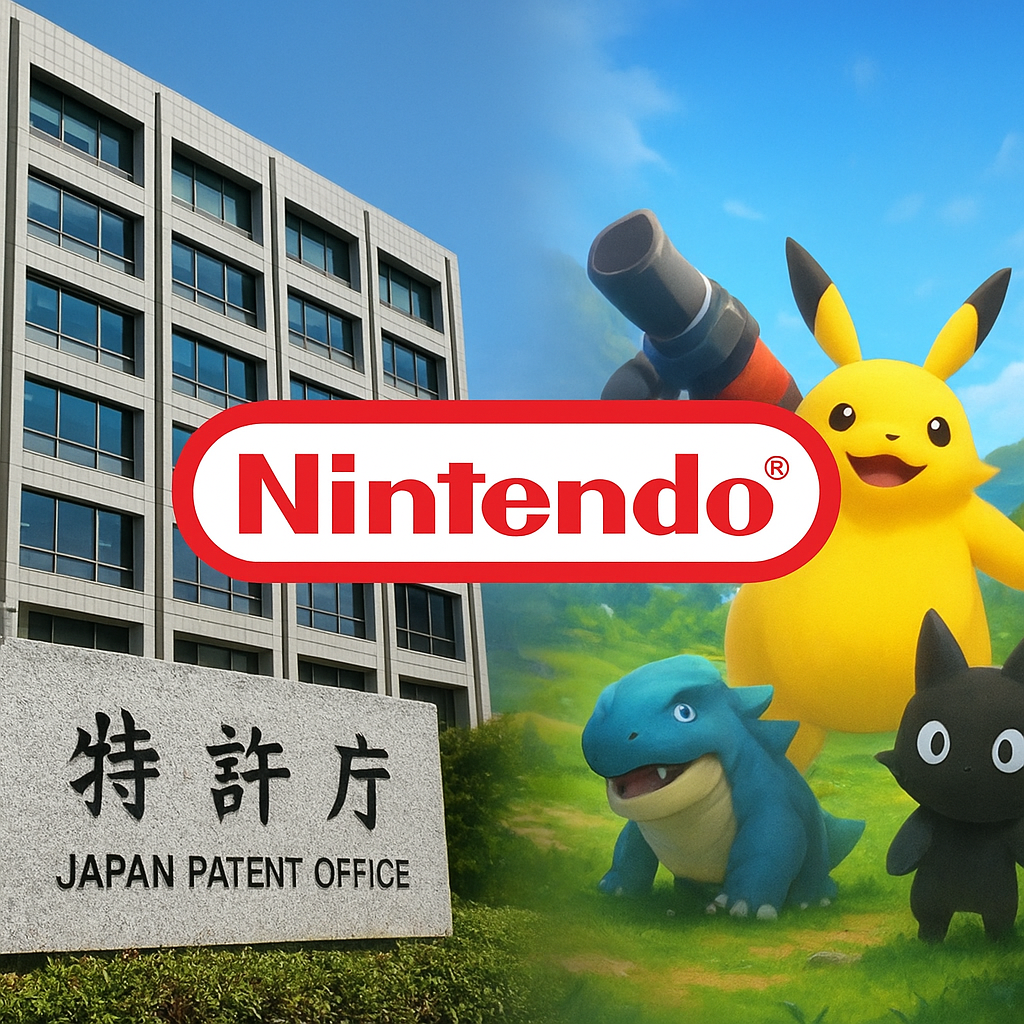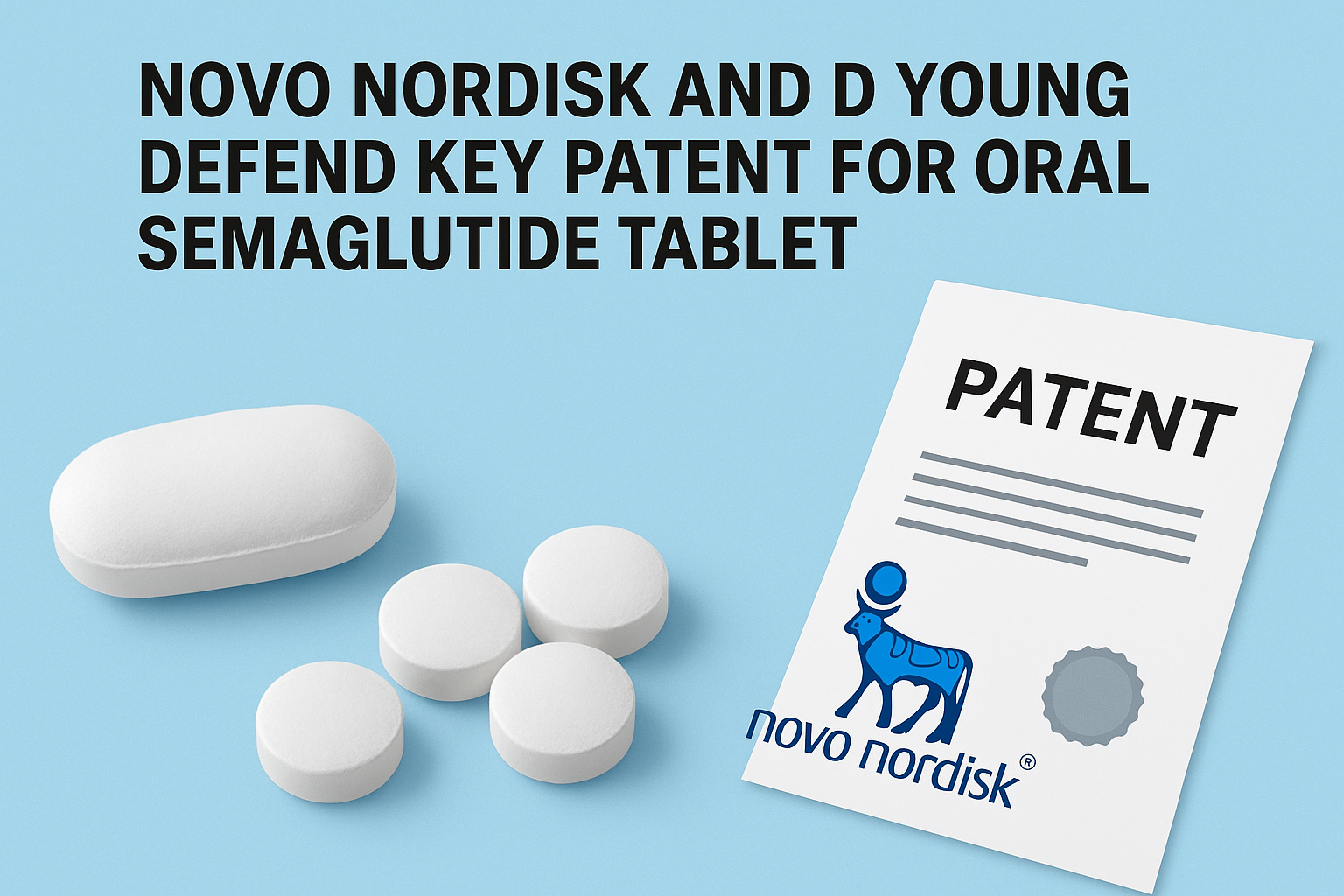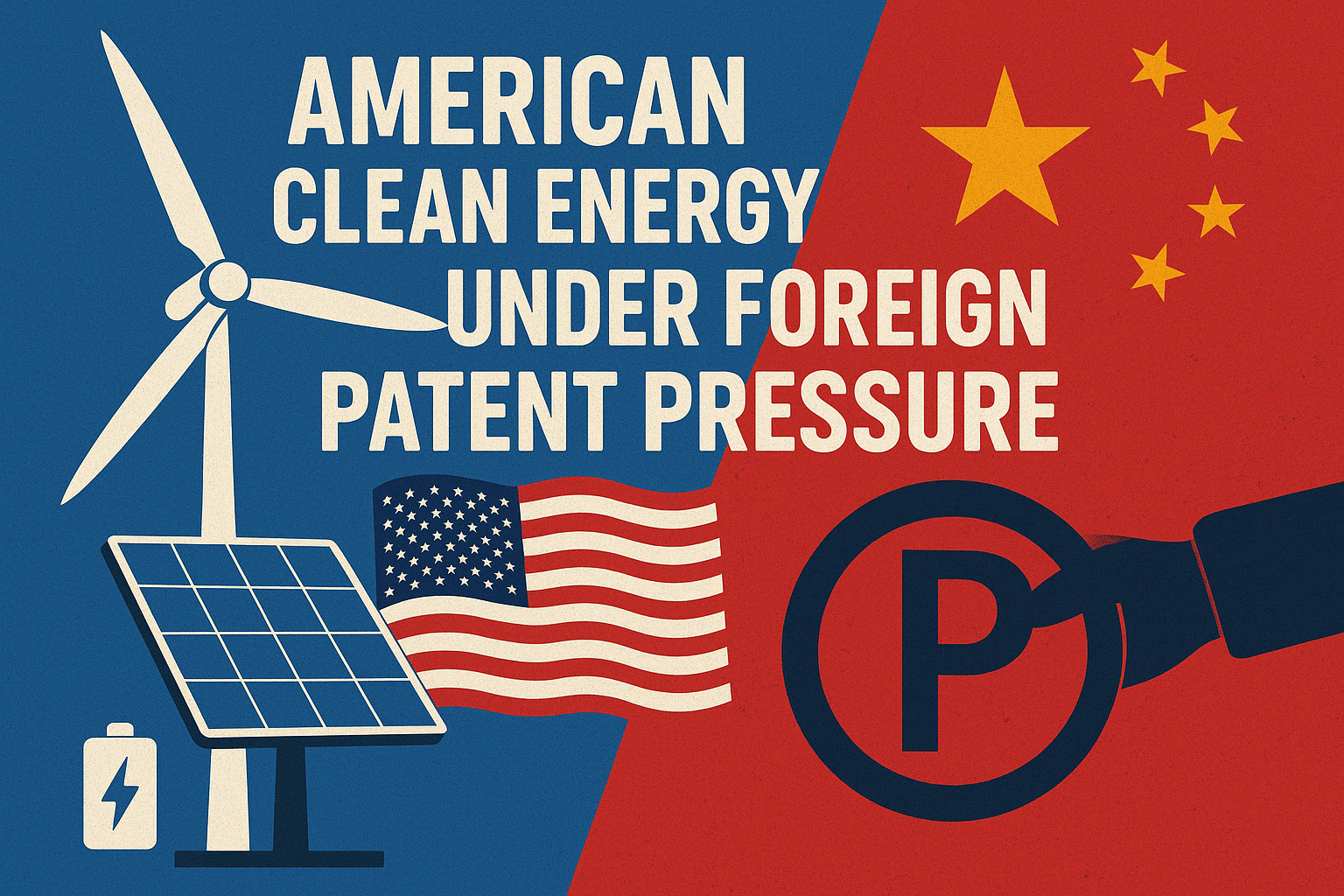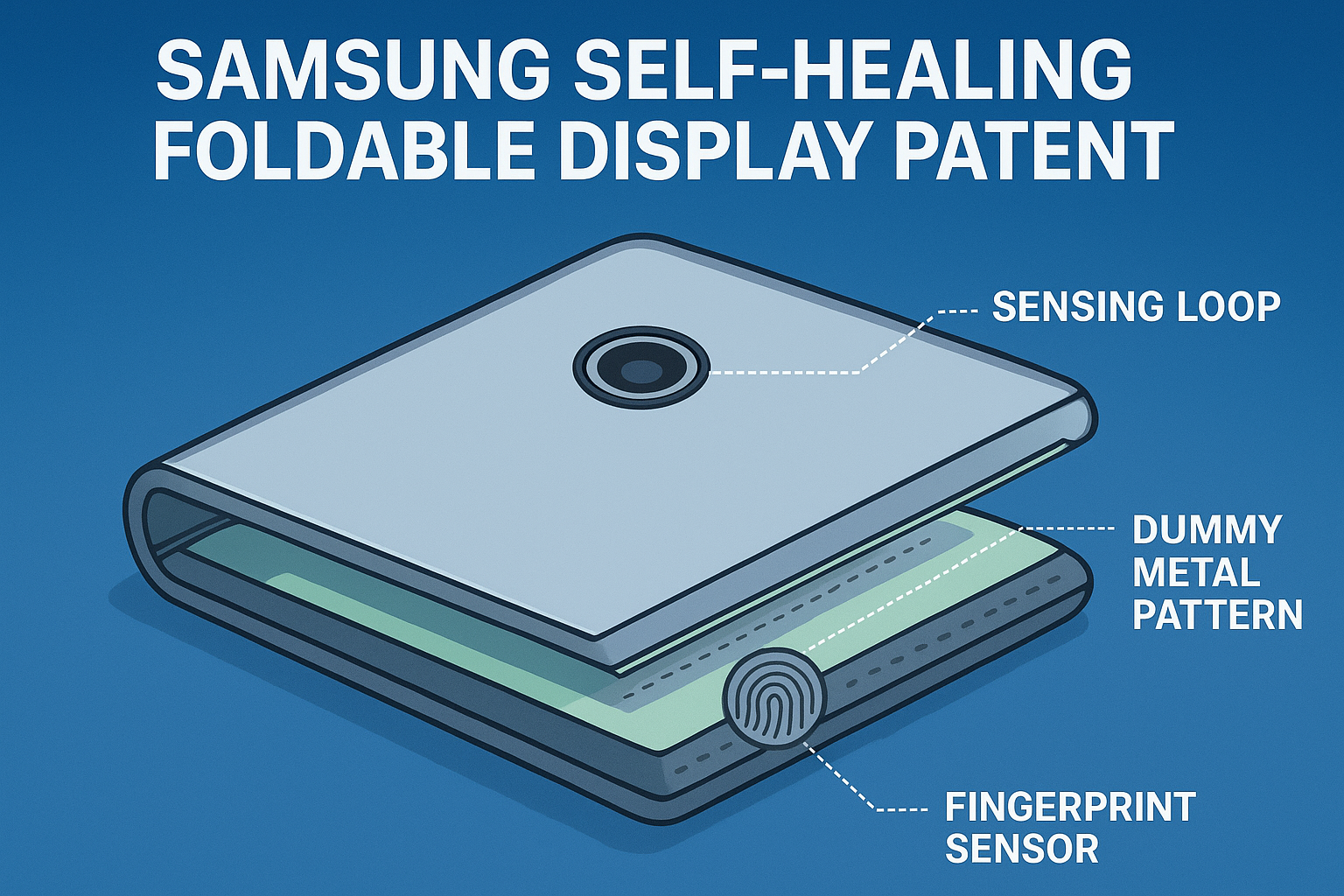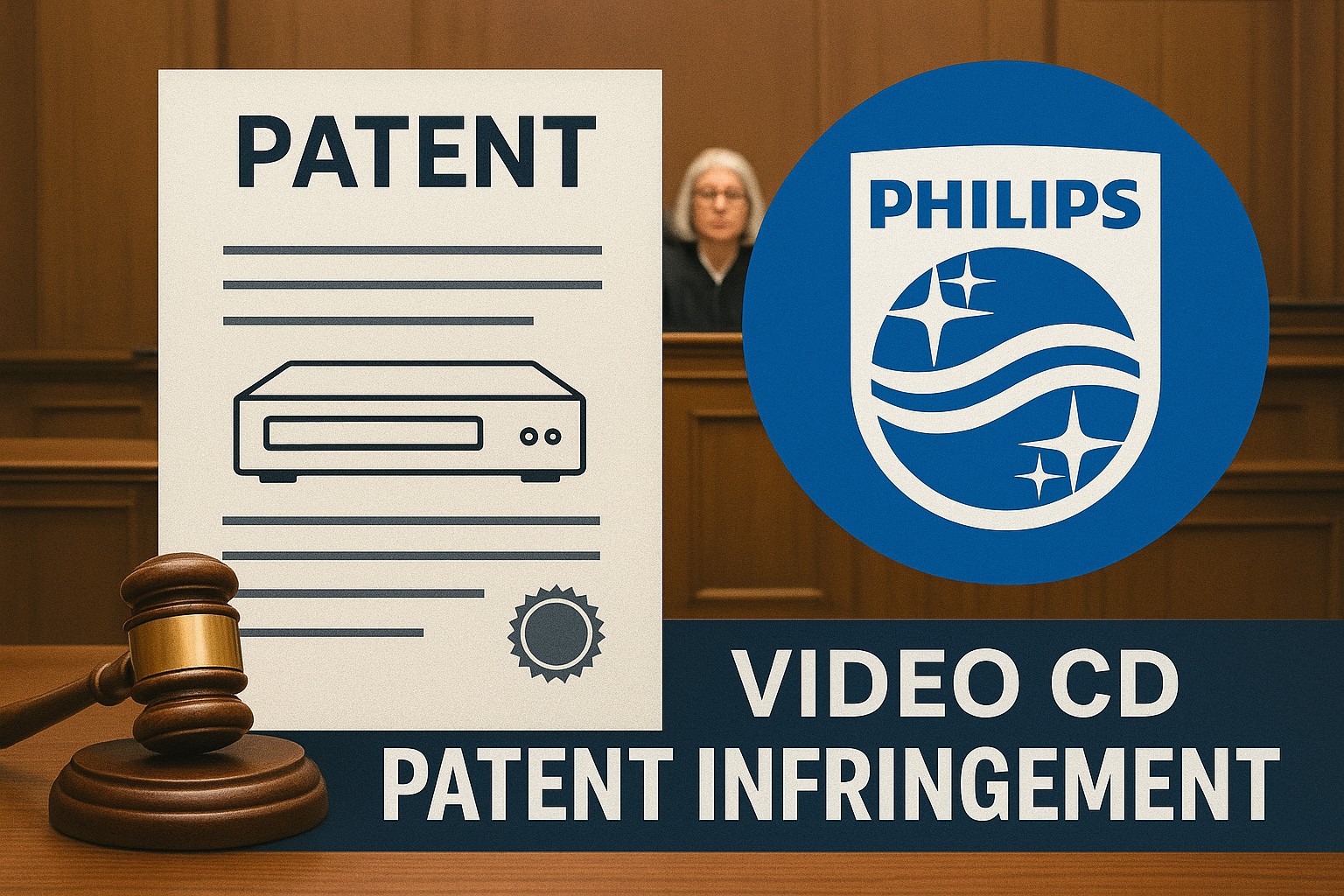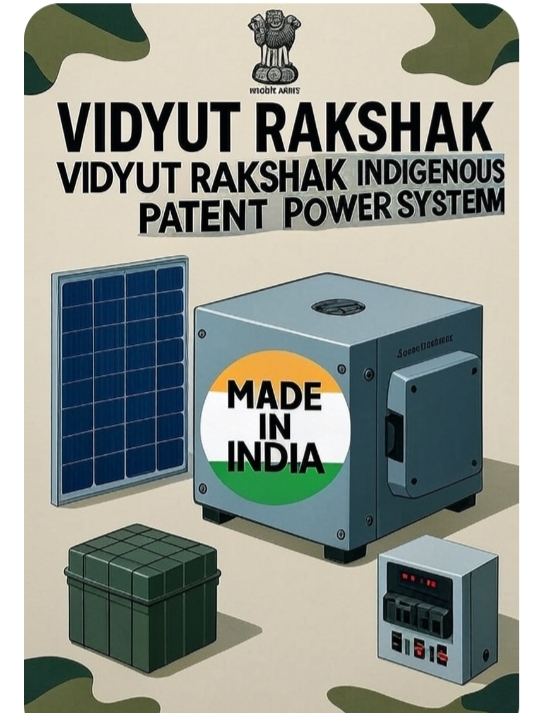In a landmark judgment, the National Company Law Appellate Tribunal (NCLAT) has ruled that the Competition Commission of India (CCI) has no authority to investigate anti-competitive allegations involving patented products. The tribunal upheld the closure of a case filed against Swiss drugmaker Vifor International AG, marking a key precedent in the ongoing debate between competition law and patent rights.
Background of the Case
The dispute began when Swapna Dey, a complainant, accused Vifor International of abusing its dominant position by making its patented drug, Ferric Carboxymaltose (FCM), unaffordable and inaccessible. The FCM injection is widely used for treating Iron Deficiency Anaemia (IDA), a condition affecting millions in India.
In October 2022, the CCI closed the case, stating there was no prima facie evidence of abuse of dominance under Sections 3(4) and 4 of the Competition Act, 2002. The complainant later appealed this decision before the NCLAT.
NCLAT’s Key Findings
The appellate tribunal observed that Vifor’s product was protected by a valid patent under the Patents Act, 1970. It ruled that once a product enjoys patent protection, the CCI cannot question the manner in which the patent rights are exercised.
The bench relied on Section 3(5) of the Competition Act, which explicitly exempts actions taken to protect intellectual property rights from being treated as anti-competitive. The tribunal noted that the Patents Act is a “self-contained code” for regulating patent rights and related disputes.
NCLAT clarified that the Patent Act prevails in cases where allegations arise from the use or pricing of a patented product. Hence, CCI’s jurisdiction does not extend to such matters.
Patent Expiry and Market Impact
The tribunal also pointed out that Vifor’s patent for FCM expired on October 21, 2023. After expiry, generic drugmakers are free to enter the market, ensuring competition and lower prices.
This observation further supported NCLAT’s view that during the patent’s validity period, the patent law framework—not competition law—should govern disputes involving pricing or supply.
Industry and Legal Implications
The judgment delivers a strong message on the separation of powers between patent law and competition law in India. Legal experts believe it reinforces the rights of patent holders while limiting the scope of antitrust intervention during the patent term.
Pharmaceutical companies see the ruling as a protective precedent that safeguards innovation and patent exclusivity. However, public health advocates warn that it could restrict regulatory tools available to address high drug prices and limited access during the patent period.
The decision may also push policymakers to reconsider the interface between IP law and competition law, especially in the pharmaceutical sector where affordability and innovation must coexist.
Global Context
In contrast to the NCLAT’s stance, courts in the European Union and United States have occasionally allowed antitrust authorities to intervene when patent rights are allegedly used to block competition. The European Court of Justice, in the AstraZeneca case, held that misleading actions to delay generics could amount to abuse of dominance.
India’s latest ruling, however, takes a more conservative approach by prioritizing patent protection over competition concerns, at least while a patent remains valid.
What Lies Ahead
The ruling may be challenged in higher courts, but for now, it sets a clear precedent. The CCI will likely refrain from investigating conduct involving patented products unless a broader market abuse beyond patent rights is proven.
As India continues to balance innovation incentives with public access to medicines, this judgment could shape future disputes in the fast-growing pharmaceutical sector.


